Following on from last week’s look at heritage building preservation with a specific focus on the hotels in the Cambodian capital, we explore the broader evolution of the city’s transformation and evolution through the eyes of architects.
Examples of iconic heritage buildings in the capital include Phsar Thmei (Central Market) completed in 1937 and designed by Jean Desbois and supervised by French architect Louis Chauchon, the Central Post Office built by French town planner and architect Daniel Fabre around 1895 and two well-known tourist stops.
On the flipside, the Phnom Penh Railway station has undergone recent renovations and the jury is out on whether its art deco style has been properly preserved, while the Foreign Correspondents Club (FCC) has a rich history but has been in a state of construction limbo since the pandemic and now is a sad eyesore on the riverside. Even the Chinese House was a popular restaurant until 2019 and is more than a century old (actually 120 years old this year).
The colonial-era heritage buildings in Cambodia were constructed in a combination of French and Khmer styles. A 2016 study by a group of French experts in Phnom Penh evaluated there were 523 French colonial structures, including 448 residential buildings - it's not clear how many remain in 2024. Kampot and Battambang had similar and even more numbers respectively at the time of the study.
The Vann Molyvann Project which ran until 2020 (named after the Kingdom’s most famous architect) was formed to raise awareness of the New Khmer Architecture movement.
In 2023 the Ministry of Culture and Fine Arts started compiling a database of heritage buildings that are more than 50 years old nationwide and earmarked for protection and to be registered on a National Heritage List which includes churches, pavilions and other buildings.
This was sparked following the unauthorised demolition of three heritage buildings at Wat Ounalom and the attempted demolition of an ancient stupa at Wat Botum. The three razed buildings (43, 44 and 45) were built in the 1930s but Wat Ounalom was established in 1443 and some of the buildings are centuries old.
As many as 90 pagodas had been registered and legally protected from demolition by 2024.
Phnom Penh’s Architectural Evolution: A Blend of History and Innovation
Pawel Siudecki - Lead Architect and CEO
Phnom Penh, the capital of Cambodia, showcases an architectural landscape that reflects its rich history while also embracing modern innovation. Each building within this lively metropolis tells a story of socio-political evolution and cultural identity, making Phnom Penh a living museum of architectural diversity.
The city’s buildings are more than just structures; they are chronicles of its socio-political evolution and cultural identity.
Historical Evolution Of Phnom Penh
The architectural tapestry of Phnom Penh is woven with strands of traditional Khmer designs, French colonial influences, and mid-20th-century modernism. Each style contributes to the city’s unique aesthetic and serves as a physical representation of different eras in its history.
These diverse architectural styles not only enhance the visual appeal of the city but also provide insights into Phnom Penh's evolving identity through time.
Traditional Khmer Designs
- Reflect Indigenous aesthetics and religious influences
- Often seen in temples and royal structures
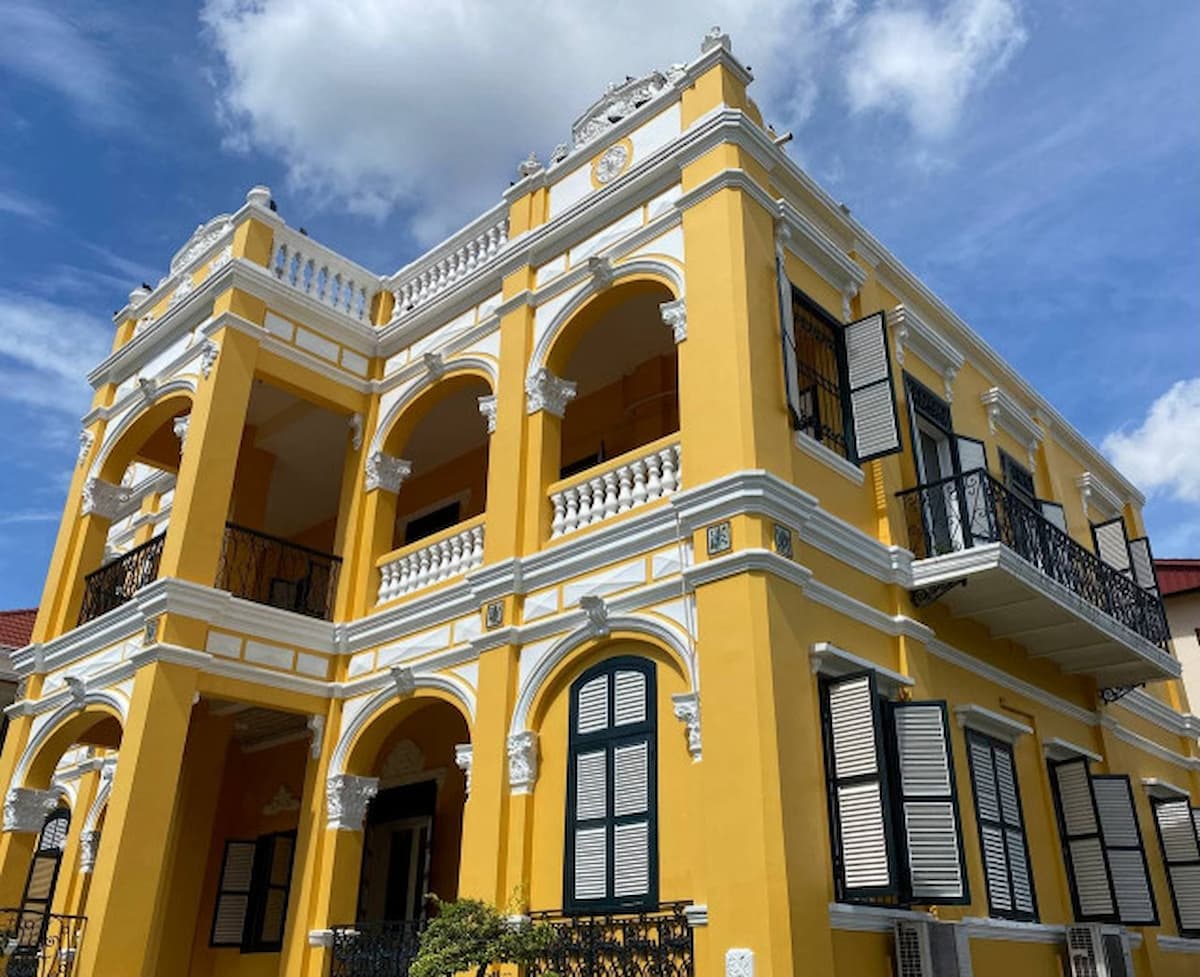
French Colonial Architecture In Phnom Penh
- Introduced during the French colonial period
- Characterised by elegant facades and colonial mansions
Mid-20th Century Modernism In Cambodia
- Emerged during the post-independence era
- Marked by functional design and a focus on simplicity
Symbolism in Phnom Penh’s Landmarks
Phnom Penh's iconic landmarks, such as the Independence Monument and the Olympic Stadium, are more than mere structures; they are symbols of Cambodia's national narrative.
These landmarks stand as attestations to the resilience and ambition of the Cambodian people, marking significant milestones in the country's history.
Phnom Penh Independence Monument
- Symbolises Cambodia’s freedom and self-determination
- Celebrates the country’s emergence as an independent nation
Olympic Stadium - Phnom Penh
- Represents aspirations of modernisation and progress
- Embodies the spirit of a forward-moving nation
On how we can balance preservation and modernisation and how the private & public sectors and government could highlight the importance of these historical buildings, Pawel Siudecki says, “A basic framework needs to be established by the government, including an enforcement arm to prevent violations. This framework should also include a comprehensive list of objects to be preserved. Additionally, private sector involvement is crucial, where architects, planners, historians, and other experts can consult with the government to develop effective preservation strategies.”
Bridging History and Innovation - Adaptive Reuse in Phnom Penh's Urban Landscape
As Phnom Penh continues to grow, the city's architectural journey is marked not only by preservation but by innovative adaptation. Just as the Independence Monument and Olympic Stadium symbolise key moments in Cambodia’s history, the trend of adaptive reuse is transforming the city's urban fabric in new and exciting ways.
By repurposing old industrial spaces, Phnom Penh is bridging its historical legacy with contemporary needs, creating a dynamic dialogue between the past and the future. Factory Phnom Penh is a prime example of this, embodying the balance between maintaining historical integrity and nurturing modern creativity.
Adaptive reuse not only breathes new life into forgotten buildings but also fosters a dynamic interplay between preservation and innovation, adding a new layer to Phnom Penh’s architectural narrative.
Factory Phnom Penh
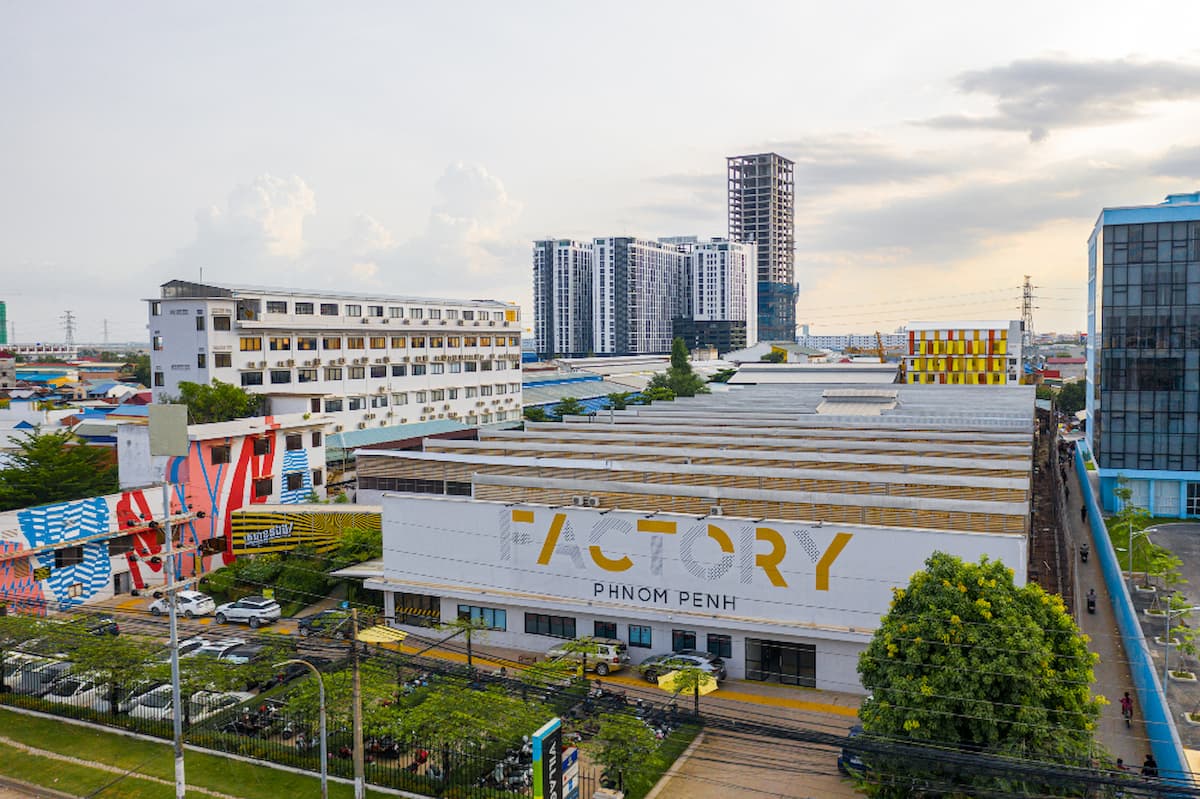
- Transformed a former factory into a bustling cultural hotspot
- Nurtures creative communities and startups
- Balances historical preservation with contemporary use
Siudecki added in terms of local inspiration, “In short, deeper historical inspirations in Cambodian architecture and art, drawing from its rich cultural heritage like Angkor Wat. Next, tropical modernism - a blend of modernist design with local climate adaptations seen in contemporary Cambodian architecture. Finally, emerging Cambodian artists who also merge traditional motifs with contemporary influences, creating a vibrant, evolving art scene.”
Balancing Preservation and Modernisation In Phnom Penh
As Phnom Penh undergoes rapid transformation, the challenge of balancing modernisation with heritage preservation becomes increasingly pressing. Urban planners and developers must grapple with this delicate balance to retain the city’s historical essence while accommodating new developments.
Striking this balance is crucial for sustainable urban development and the preservation of Phnom Penh's unique character.
In terms of modernisation efforts, they could incorporate advanced infrastructure and technology while also aiming to improve the quality of life and economic growth.
From a heritage preservation perspective, a focus on maintaining the city’s cultural and historical integrity will ensure that new developments respect the historical context.
Lessons in Heritage Preservation
Reflecting on Phnom Penh's architectural evolution offers valuable insights into the broader challenges of heritage preservation. Strategies used in preserving and revitalising heritage hotels can serve as models for maintaining historical significance while adapting to contemporary needs.
By drawing connections between the preservation of heritage hotels and Phnom Penh’s architectural evolution, we highlight the importance of honouring our past while embracing future possibilities.
Read more in the previously published piece on heritage hotel preservation in Cambodia.
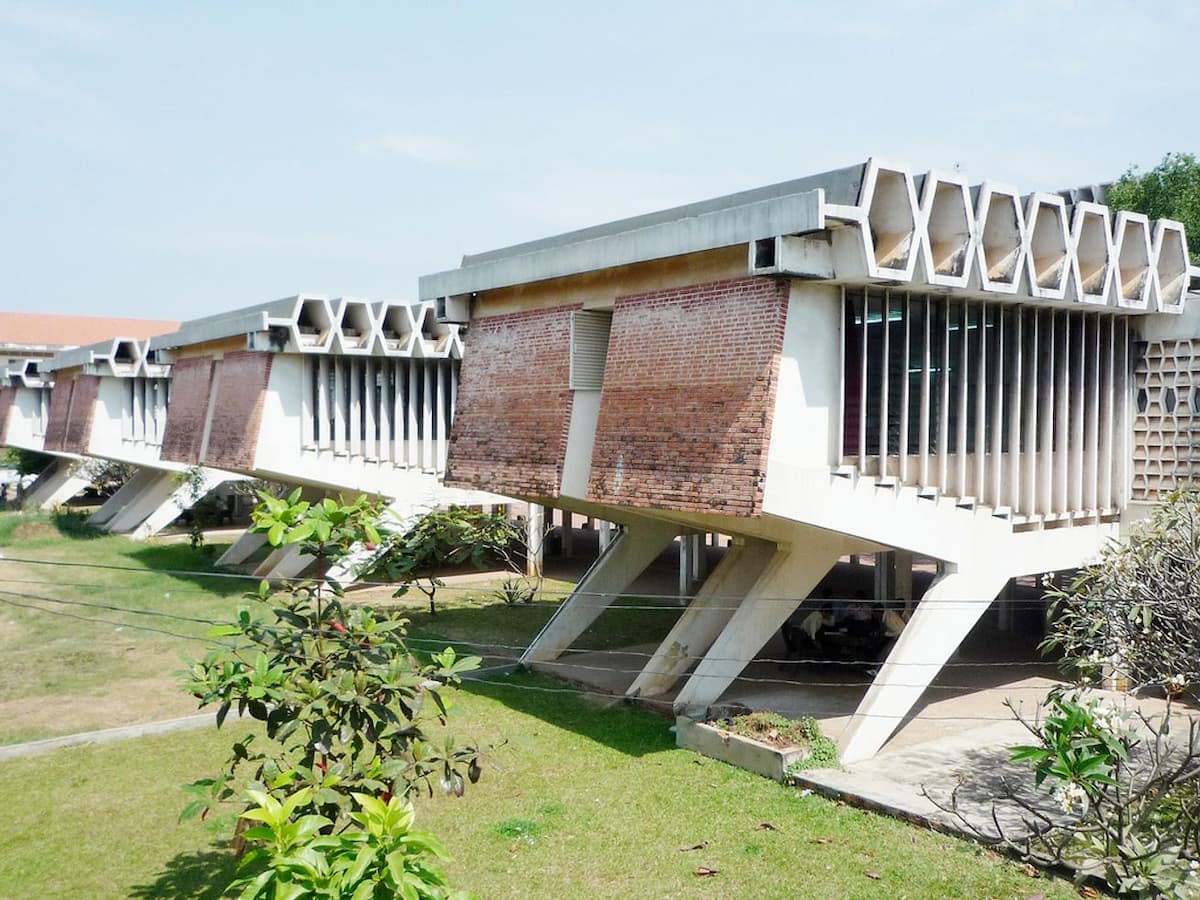
And what is Siudecki’s favourite heritage building in Phnom Penh? “My favourite building is the Institute of Foreign Languages (IFL). What makes it stand out is its design which incorporates the principles of tropical architecture. Unlike the typical boxy structures often seen in educational buildings, the IFL embraces open spaces and strong forms that allow for natural ventilation and shade, crucial for a tropical climate. This design not only promotes comfort but also creates areas where students can socialise and engage, making the IFL more than just a place for learning— a 50-year-old hub for community and interaction.”
Conclusion
Phnom Penh’s architectural landscape is more than a visual journey; it’s a reflection of its unique identity, where history, culture, and innovation converge.
This ongoing evolution presents both challenges and opportunities, particularly in balancing modernisation with heritage preservation. By embracing this balance, we can create a sustainable urban future that honours the past while paving the way for new possibilities.
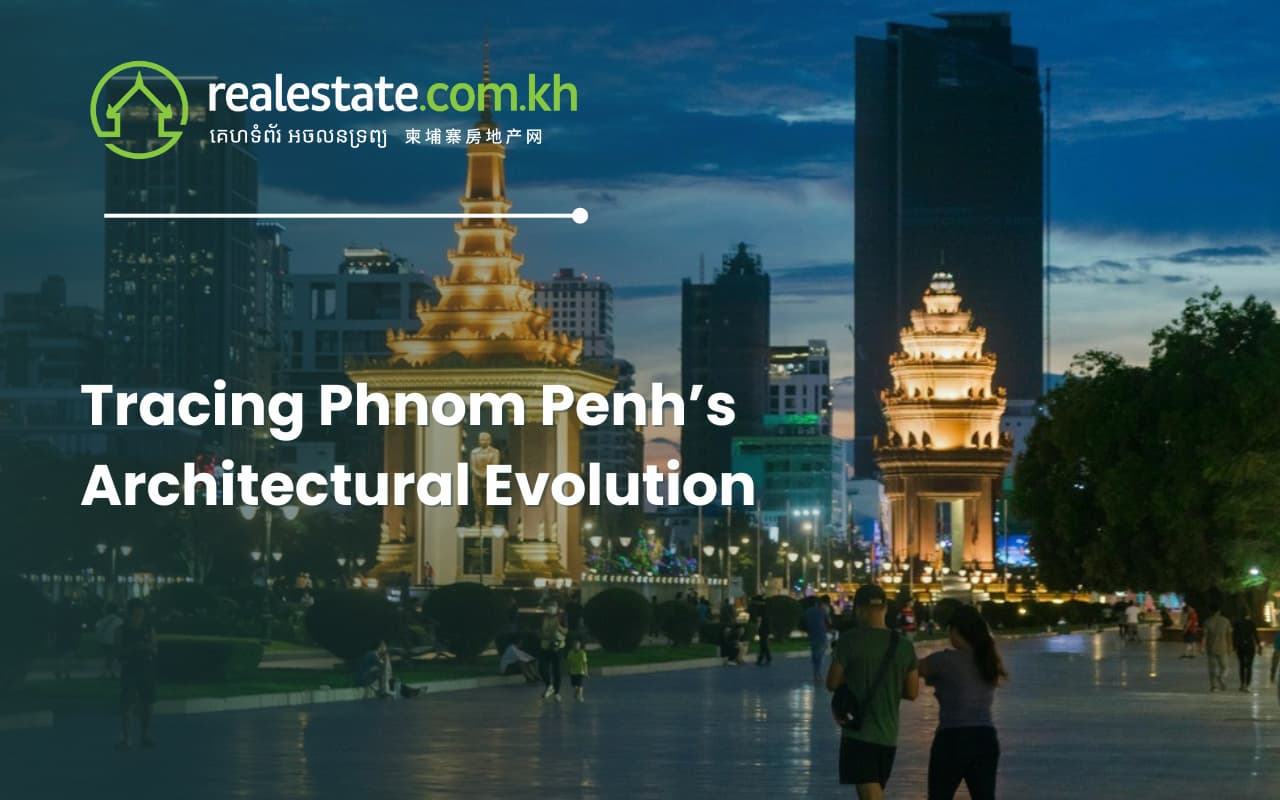


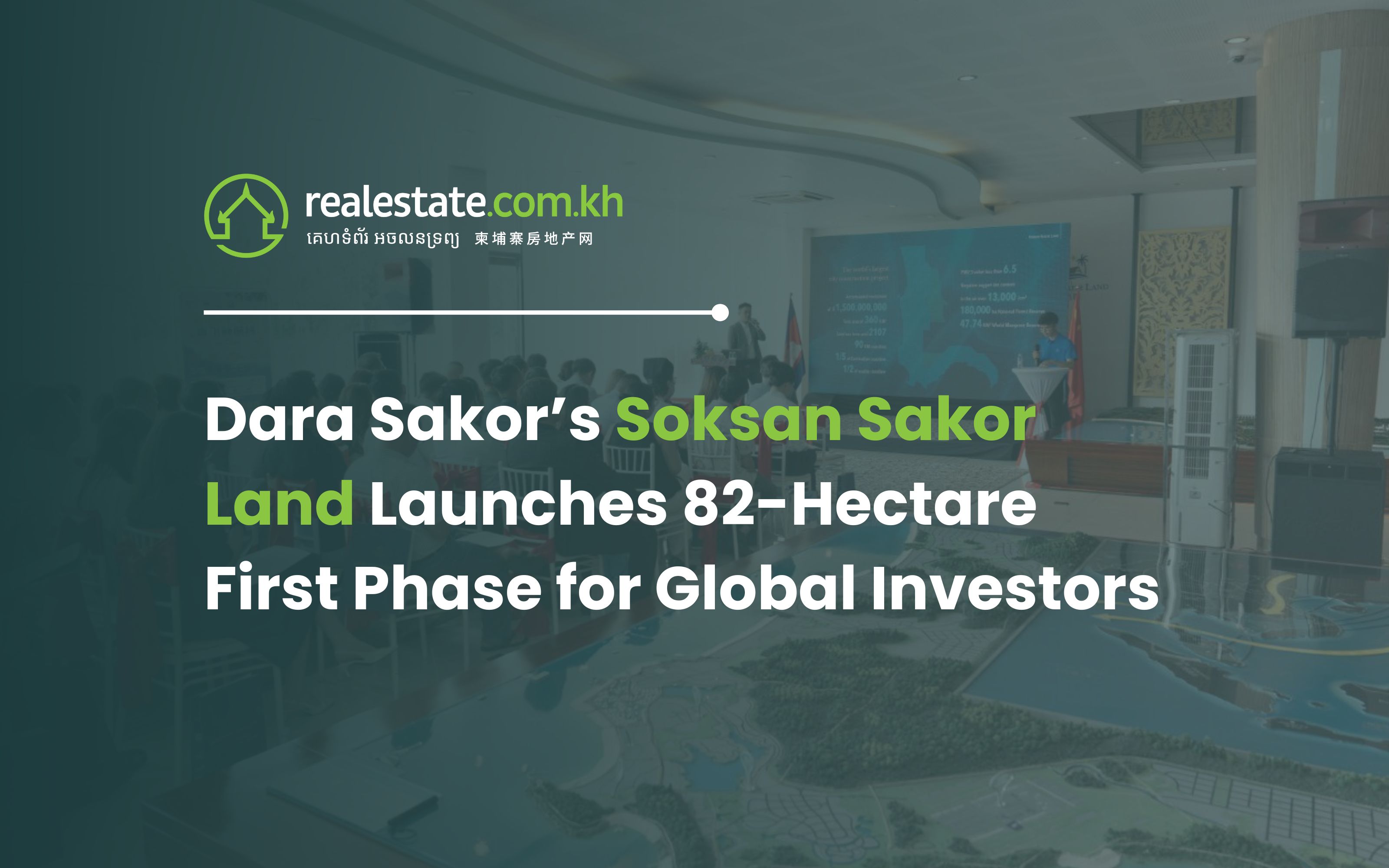
Comments